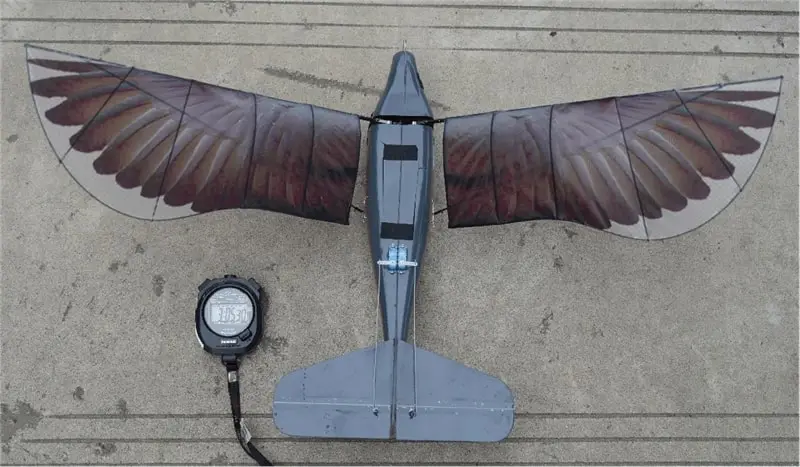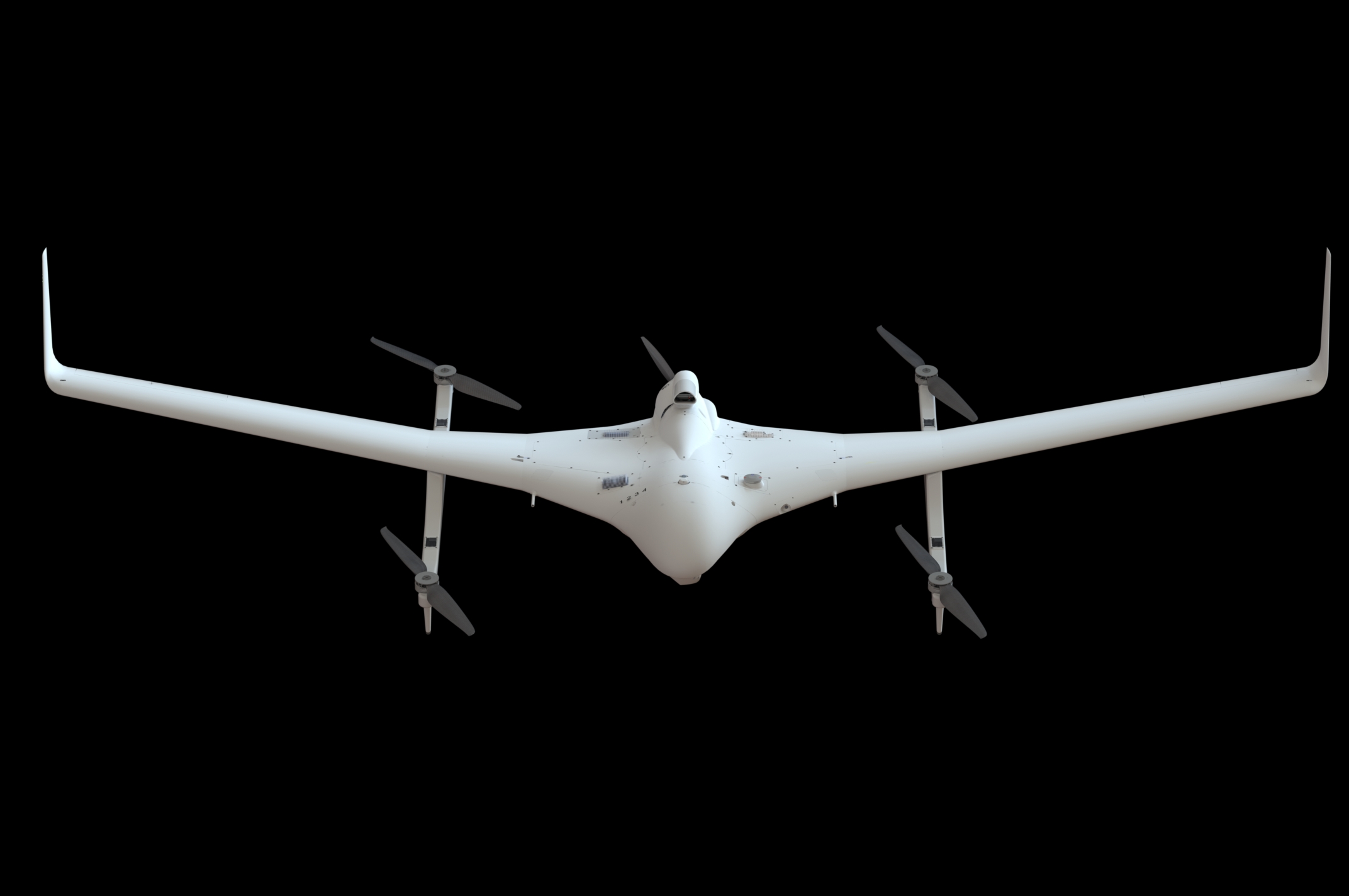Featured NewsTrending NewsChinese Scientists Set New Record with Advanced Bird-Like Drone

21 May 2025
Researchers at Northwestern Polytechnical University (NPU) in China have developed a cutting-edge "flapping wing" drone, hailed domestically as a major scientific breakthrough. This bird-like unmanned aerial vehicle (UAV), known asXinge, recently broke the Guinness World Record for longest continuous flight by an ornithopter, surpassing its predecessor’s performance by nearly 90 minutes.
Also referred to as a bionic drone, the Xinge mimics the complex flight mechanisms of real birds—a field of technological innovation pursued globally by various research teams. While U.S. researchers at institutions like New Mexico Institute of Technology (NMIT) have experimented with drones using preserved bird parts, China’s approach emphasizes mechanical precision and versatility.
Breaking Records with Bionic Engineering
Xinge is the successor to the earlier Yunxiao ornithopter, which flew for 2 hours, 34 minutes, and 38 seconds. In contrast, Xinge maintained flight for 3 hours, 5 minutes, and 30 seconds on a single charge. It features a wingspan of 70 centimeters and weighs just 260 grams—making it smaller and lighter than Yunxiao, which had over double the wingspan and four times the weight.
“It represents a significant technological leap in bionic aircraft,” said Song Bifeng, chief scientist at NPU, in a report by China Global Television Network (CGTN). “The increase in flight time validates the drone's performance and opens the door to broader applications.”
Designed for Versatility—Including Military Potential
The CGTN report suggests that while the project is an "independent" initiative not officially commissioned by the military, the Xinge drone could serve multiple functions, including covert surveillance, emergency rescue, and scientific research in the field. Its lightweight, low-noise, and portable design make it suitable for deployment in complex or remote environments.
These characteristics hint at potential military applications. In particular, Xinge could be used for tactical reconnaissance in sensitive regions like Ladakh or Arunachal Pradesh, where China maintains a tense border with India. Its bird-like flight pattern also makes it less likely to be detected by radar or visual monitoring systems.
Although the People’s Liberation Army (PLA) has not officially adopted the Xinge, the NPU’s long-standing ties to China's defense sector suggest the platform may eventually find military use.
Ties to China’s Defense Infrastructure
NPU is one of China’s “Seven Sons of National Defense,” a group of elite universities closely integrated with the country’s military-industrial complex. A 2020 report by the Center for Security and Emerging Technology (CSET)noted that NPU contributed the highest number of graduates—963 in 2019—to China’s state-owned defense enterprises, further reinforcing its strategic role in national defense innovation.
Broader Civilian Applications
Despite the potential for military adoption, the drone's design also supports numerous civilian uses. China, with its vast biodiversity zones and conservation areas, could employ such drones for environmental monitoring, wildlife research, or disaster response.
According to CGTN, the research team has already conducted over 1,500 test flights across more than ten regions, refining the drone’s performance in diverse conditions. However, full-scale deployment is not expected soon, as continued testing and design iterations are underway before any potential mass production.
Looking Ahead
While the Xinge drone is still in its development and testing phase, its advanced flight duration and biomimetic design mark a significant advancement in UAV technology. Whether for scientific, civilian, or military purposes, this innovative ornithopter adds a new dimension to the evolving landscape of unmanned flight.













